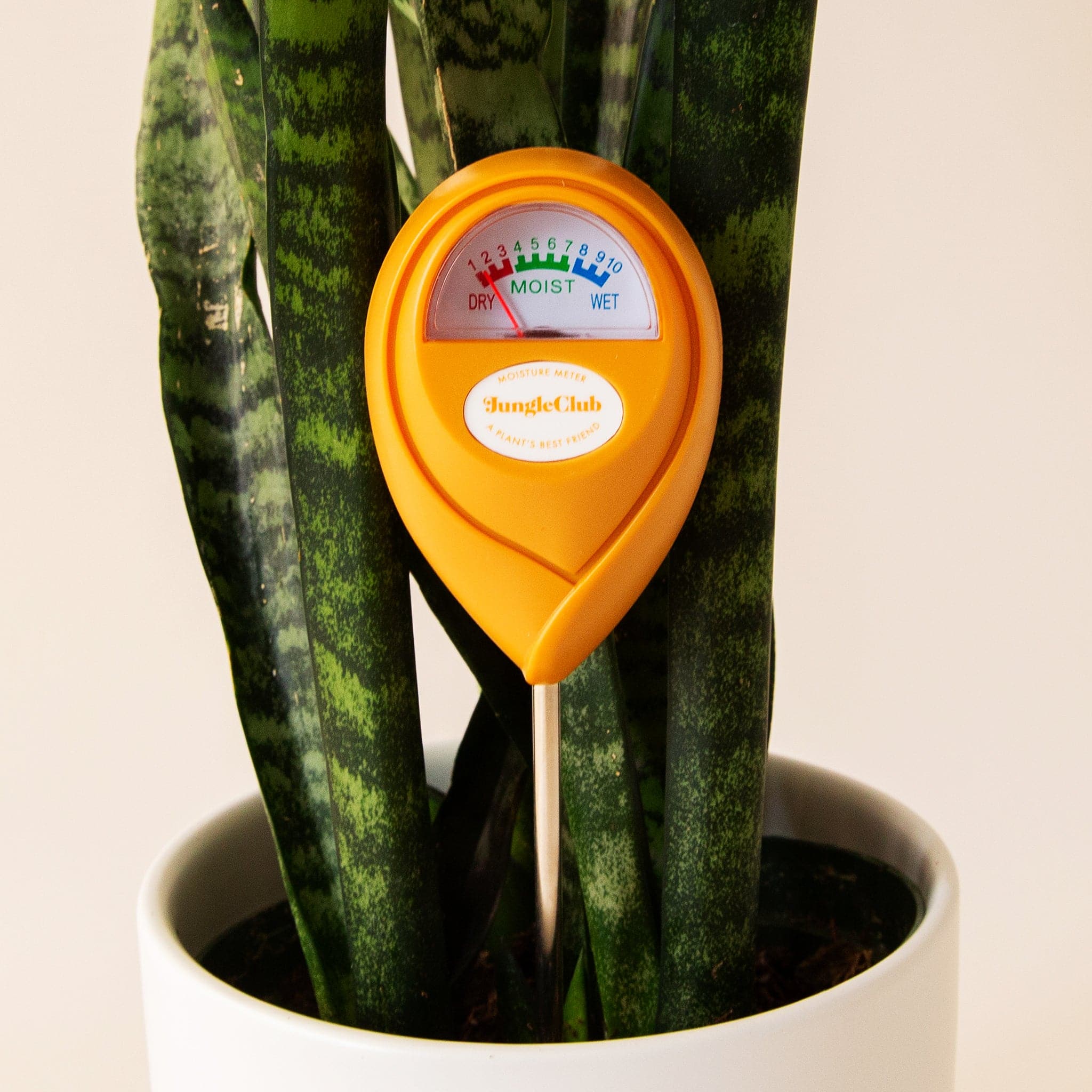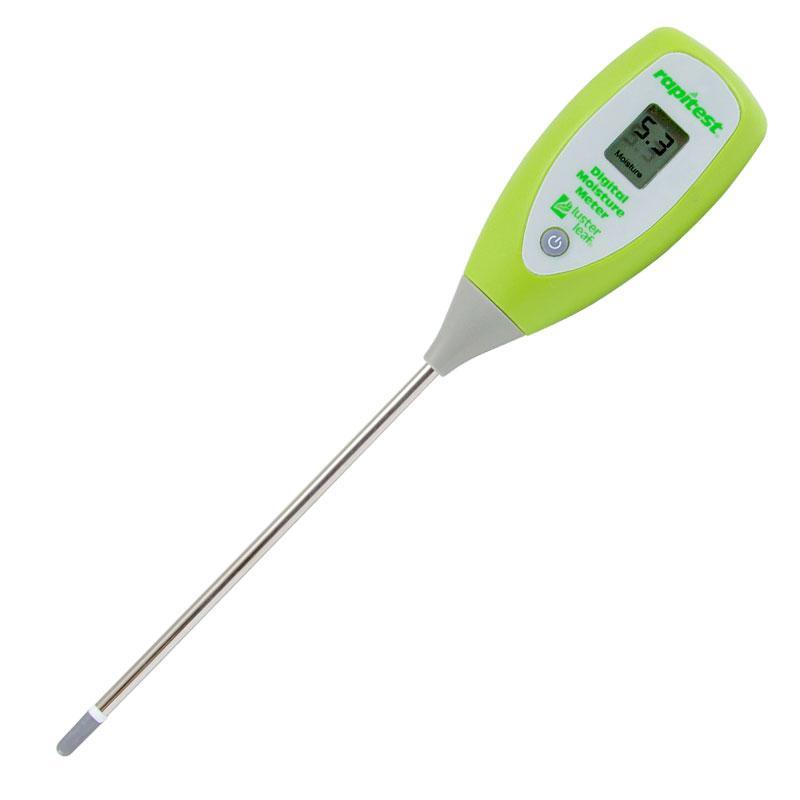Moisture Meter Reviews: Contrasting the Best Versions for Expert and DIY Usage
Moisture Meter Reviews: Contrasting the Best Versions for Expert and DIY Usage
Blog Article
Explore the Globe of Moisture Meters: Everything You Need to Know
In the realm of moisture meters exists a world of accuracy and functionality that typically goes unnoticed. These gadgets, while apparently uncomplicated, hold a riches of details that can considerably affect various sectors and applications. Understanding just how moisture meters operate, the various types offered, and their varied uses can lose light on their relevance in making sure top quality and performance. By exploring the intricacies of moisture meters, one can discover a beneficial tool that transcends mere dimension, supplying insights that can make a significant difference in countless areas.
How Moisture Meters Work
Moisture meters operate by gauging the electric conductivity or capacitance of products to establish the dampness web content existing. These meters are invaluable tools throughout different industries, consisting of woodworking, farming, and building and construction. By using different approaches such as pin-type or pinless innovation, dampness meters give exact readings that assist experts make notified decisions.
Pin-type wetness meters work by putting the sharp pins into the product being checked. On the other hand, pinless moisture meters utilize electromagnetic signals to check a bigger area without creating any type of damages to the product's surface area.
Despite the approach utilized, dampness meters play an important role in preventing issues such as mold growth, architectural damage, or product defects triggered by excess dampness. Comprehending just how these meters work is crucial for guaranteeing the top quality and integrity of materials in various applications.
Sorts Of Moisture Meters
Offered the important duty dampness meters play in various markets, it is necessary to recognize the various types offered to specialists for properly evaluating dampness levels - Moisture Meter. There are mostly 2 primary sorts of moisture meters: pin-type and pinless moisture meters

On the various other hand, pinless wetness meters utilize electro-magnetic sensor plates to scan a larger location of the product without creating any type of damages. This type appropriates for swiftly scanning large areas and is generally used for flooring, wall surfaces, and ceilings. Pinless meters are hassle-free for taking analyses on finished surfaces without leaving any visible marks.
Both sorts of dampness meters have their advantages and are picked based upon the specific requirements of the work at hand. Recognizing the differences between these types is critical for professionals to make accurate dampness assessments.
Applications Across Industries
With diverse capabilities, dampness meters find widespread application throughout various industries, assisting experts in ensuring ideal problems for structures and products. In the agriculture field, moisture meters are indispensable for figuring out the wetness web content in grains, seeds, and hay, making certain quality assurance and preventing mold growth. Building and construction specialists count on moisture meters to analyze the moisture levels in structure materials like concrete, timber, and drywall, which is crucial for preserving architectural honesty and avoiding issues like rot or mold. The floor covering industry makes use of dampness meters to measure the dampness material in subfloors before mounting various flooring, protecting against costly damages because of excess moisture. In the food industry, moisture meters are made use of to monitor and regulate moisture degrees in products such as grains, nuts, and dried fruits to keep quality and quality. Furthermore, moisture meters play an essential duty in the restoration and damages assessment read the article sector by assisting professionals resolve and recognize water damage in structures without delay. Across these diverse sectors, moisture meters are indispensable tools for making certain the top quality, safety, and longevity of various materials and products.
Tips for Using Moisture Meters
When measuring the moisture web content in various materials,Use the wetness meter's calibration settings to make certain precise readings. Calibration is important for the correct performance of a dampness meter. Prior to each use, it is suggested to inspect and adjust the calibration setups according to the specific material being examined. In addition, make certain the meter is established to the proper moisture range for the product you are gauging to acquire one of the most exact results.
When making use of a pin-type moisture meter, place the pins to the suitable depth suggested for the material being checked. This ensures that the dampness readings are drawn from the correct deepness within the product, providing a more precise representation of its dampness web content. For pinless wetness meters, bear in mind to preserve appropriate contact with the material's surface to get trusted analyses.
On a regular basis inspect and replace the batteries in your moisture meter to stop unreliable analyses as a result of low power. Store the meter in a secure and completely dry location when not being used to extend its lifespan and maintain its precision. By following these ideas, you can take full advantage of the efficiency of your wetness meter and obtain exact wetness material dimensions throughout different materials.
Maintenance and Calibration
To guarantee the accuracy of dampness web content dimensions, regular upkeep and calibration of the dampness meter are essential action in its proper functioning. Maintenance involves keeping the wetness meter complimentary and clean from particles that can impact its readings. It is necessary to comply with the maker's guidelines for cleaning to stop damage to the device. In addition, routine calibration is needed to verify the accuracy of the readings. Calibration changes the dampness meter to guarantee that it supplies consistent and reputable outcomes.
Calibration ought to be executed regularly, especially if the that site wetness meter is used often or in vital applications where specific dimensions are required. By adjusting the dampness and maintaining meter on a regular basis, users can trust the accuracy of the moisture material measurements acquired.
Conclusion

In final thought, dampness meters play a vital duty in numerous markets by properly measuring the moisture web content of products. Comprehending how these tools work, the different types readily available, and appropriate upkeep and calibration are crucial for getting reliable outcomes. Whether in construction, production, or agriculture, the use of dampness meters aids guarantee quality control and performance in processes.

In verdict, wetness meters play an important role in different sectors by precisely gauging the dampness material of materials.
Report this page